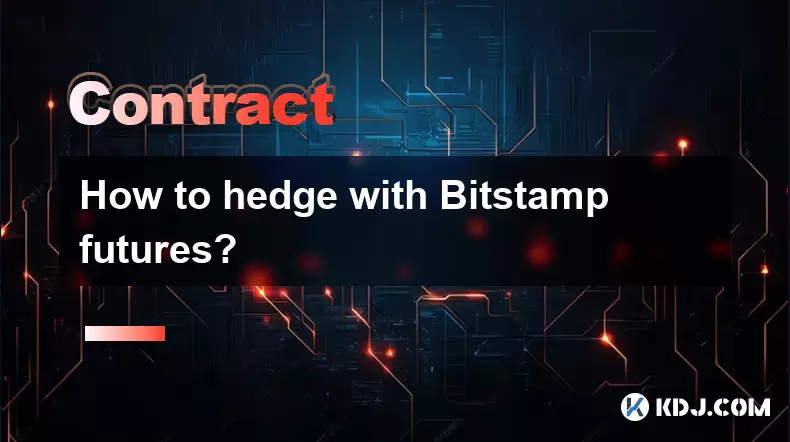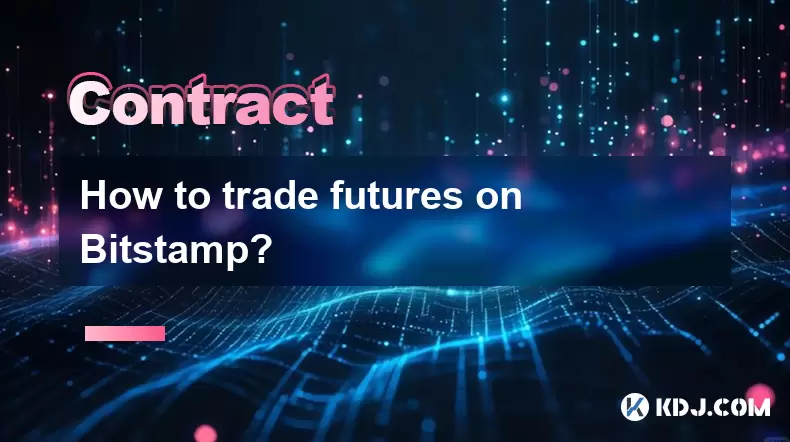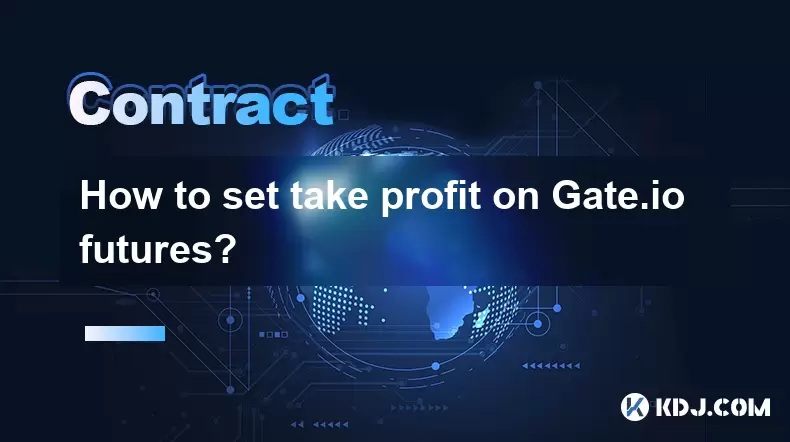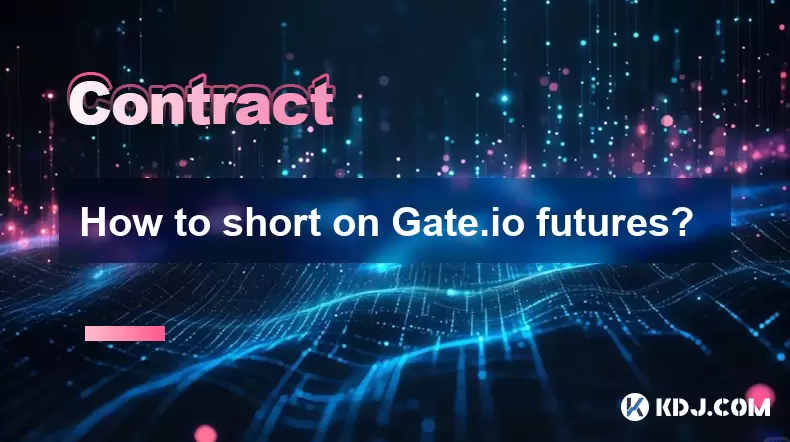-
 Bitcoin
Bitcoin $118900
0.42% -
 Ethereum
Ethereum $3710
-2.88% -
 XRP
XRP $3.513
-2.96% -
 Tether USDt
Tether USDt $1.000
-0.01% -
 Solana
Solana $203.0
3.65% -
 BNB
BNB $765.5
-1.29% -
 USDC
USDC $0.9998
0.00% -
 Dogecoin
Dogecoin $0.2671
-4.18% -
 Cardano
Cardano $0.8817
-3.63% -
 TRON
TRON $0.3139
-0.64% -
 Hyperliquid
Hyperliquid $44.34
-5.45% -
 Stellar
Stellar $0.4637
-4.08% -
 Sui
Sui $3.908
-2.59% -
 Chainlink
Chainlink $19.34
-2.62% -
 Hedera
Hedera $0.2712
-3.77% -
 Avalanche
Avalanche $24.97
-4.13% -
 Bitcoin Cash
Bitcoin Cash $519.8
-1.48% -
 Shiba Inu
Shiba Inu $0.00001518
-3.74% -
 Litecoin
Litecoin $115.6
-2.21% -
 Toncoin
Toncoin $3.460
3.68% -
 UNUS SED LEO
UNUS SED LEO $8.977
-0.07% -
 Polkadot
Polkadot $4.460
-2.96% -
 Uniswap
Uniswap $10.53
-5.43% -
 Ethena USDe
Ethena USDe $1.001
0.01% -
 Monero
Monero $323.6
-0.36% -
 Pepe
Pepe $0.00001379
-2.60% -
 Bitget Token
Bitget Token $4.772
-3.90% -
 Dai
Dai $0.9999
0.00% -
 Aave
Aave $307.5
-6.66% -
 Bittensor
Bittensor $441.8
0.84%
What is the insurance fund for Coinbase futures?
Coinbase Futures' insurance fund protects profitable traders from losses during volatile market conditions by covering shortfalls from unfavorable liquidations.
Jul 22, 2025 at 06:22 pm

Understanding the Insurance Fund Mechanism
The insurance fund on Coinbase Futures serves as a financial backstop designed to prevent losses for profitable traders when an opposing position is liquidated at a price worse than bankruptcy. This situation, known as a "socialized loss" or "auto-deleveraging," is avoided by using funds from the insurance pool. The fund is accumulated from the excess value of liquidated positions—specifically, when a position is closed out at a price better than its theoretical bankruptcy price, the surplus is added to the insurance fund. This mechanism ensures that no profitable trader suffers losses due to insufficient liquidity during extreme market movements.
How the Insurance Fund Is Funded
Contributions to the insurance fund come exclusively from liquidation events:
- When a trader's position is liquidated and the execution price is better than the bankruptcy price, the difference is transferred to the fund.
- For example, if a long position has a bankruptcy price of $40,000 but is liquidated at $41,000, the $1,000 per contract surplus (minus fees) is added to the insurance fund.
- This process is automatic and transparent, with no direct contributions from Coinbase or external parties.
- The fund grows over time during periods of high volatility when liquidations occur at favorable prices.
When the Insurance Fund Is Used
The fund is activated in specific scenarios: - If a liquidation results in a loss (i.e., the liquidation price is worse than the bankruptcy price), the insurance fund covers the shortfall.
- This prevents auto-deleveraging (ADL), where profitable traders would otherwise have their positions forcibly reduced to cover losses.
- For instance, if a short position goes bankrupt at $35,000 but is liquidated at $34,000, the $1,000 per contract deficit is covered by the insurance fund.
- This ensures that no profitable trader loses funds due to the actions of leveraged traders who were unable to maintain margin requirements.
Transparency and Real-Time Tracking
Coinbase provides public dashboards where users can monitor the insurance fund balance: - Visit the Coinbase Futures platform and navigate to the “Insurance Fund” section.
- Here, you’ll see the current balance in USD and the number of contracts covered.
- Each asset (e.g., BTC, ETH) has its own insurance fund, so check the specific market you’re trading.
- Balances are updated in real-time, allowing traders to assess the system’s health before entering leveraged positions.
- This transparency builds trust and enables users to make informed decisions about risk exposure.
Step-by-Step: How to Check the Insurance Fund on Coinbase
To access insurance fund details: - Log in to your Coinbase account and go to the Futures trading interface.
- Select the specific futures contract (e.g., BTC-USD).
- Look for the “Insurance Fund” tab or link—usually located near the order book or margin information.
- Click to view the current balance, historical contributions, and usage statistics.
- Note the currency denomination (e.g., BTC or USD) and the coverage level for that market.
- Bookmark this page for quick access during volatile trading sessions.
Risk Mitigation for Traders
The insurance fund directly impacts trader safety: - It eliminates the risk of unexpected losses from ADL, which can occur on platforms without such a mechanism.
- Traders with profitable positions can be confident their gains are protected even during flash crashes or rapid price movements.
- This feature is especially critical in high-leverage environments where liquidations are more frequent.
- By isolating risk to the insurance fund, Coinbase ensures that only the liquidated trader bears the loss, not the broader trading community.
Frequently Asked Questions
Q: Can the insurance fund run out of money?
Yes, in extreme market conditions where losses from liquidations exceed the fund’s balance, the system may resort to auto-deleveraging. However, Coinbase monitors this closely and may pause trading or adjust parameters to prevent depletion.Q: Is the insurance fund shared across all futures markets on Coinbase?
No, each futures contract (e.g., BTC-USD, ETH-USD) has its own separate insurance fund. Losses and gains are not cross-collateralized between different assets.Q: Do traders pay fees to contribute to the insurance fund?
No, traders do not pay additional fees. Contributions come solely from the surplus generated during favorable liquidations, not from taker or maker fees.Q: How often is the insurance fund balance updated?
The balance updates in real-time as liquidations occur. Traders can view live changes on the Coinbase Futures insurance fund dashboard without needing to refresh the page manually.
Disclaimer:info@kdj.com
The information provided is not trading advice. kdj.com does not assume any responsibility for any investments made based on the information provided in this article. Cryptocurrencies are highly volatile and it is highly recommended that you invest with caution after thorough research!
If you believe that the content used on this website infringes your copyright, please contact us immediately (info@kdj.com) and we will delete it promptly.
- SEC, Bitcoin, and Crypto: Navigating the Wild West of Digital Finance
- 2025-07-23 04:30:12
- Solana NFTs Surge: Riding the Wave of Market Volume and NFT Hype
- 2025-07-23 04:30:12
- Wall Street Pepe (WEPE) and the Solana Meme Coin Mania: A New Era?
- 2025-07-23 03:30:13
- Rare Coin Frenzy: Bidding Wars and the Pocket Change Revolution
- 2025-07-23 02:50:13
- Tokens with Growth Potential & Low Risk: Navigating the Crypto Landscape
- 2025-07-23 03:50:12
- Pepe Dollar, Solaxy, and Meme Utility: A New Yorker's Take on Crypto's Cutting Edge
- 2025-07-23 02:50:13
Related knowledge

How to trade ETH perpetuals on Bitstamp?
Jul 23,2025 at 03:28am
Understanding ETH Perpetual ContractsETH perpetual contracts are derivative products that allow traders to speculate on the price of Ethereum without ...

How to hedge with Bitstamp futures?
Jul 23,2025 at 02:00am
Understanding Bitstamp Futures ContractsBitstamp futures are financial derivatives that allow traders to speculate on or hedge against the future pric...

How to trade futures on Bitstamp?
Jul 23,2025 at 12:56am
Understanding Bitstamp Futures TradingFutures trading on Bitstamp allows users to speculate on the future price of cryptocurrencies such as Bitcoin an...

How to create a futures API key on Gate.io?
Jul 23,2025 at 03:49am
Understanding Futures API Keys on Gate.ioA futures API key on Gate.io allows traders to automate trading strategies, manage positions, and retrieve re...

How to set take profit on Gate.io futures?
Jul 23,2025 at 01:14am
Understanding Take Profit in Gate.io FuturesWhen trading futures on Gate.io, a take profit (TP) order allows traders to automatically close a position...

How to short on Gate.io futures?
Jul 22,2025 at 10:42pm
Understanding Futures Trading on Gate.ioFutures trading allows users to speculate on the price movement of cryptocurrencies without owning the underly...

How to trade ETH perpetuals on Bitstamp?
Jul 23,2025 at 03:28am
Understanding ETH Perpetual ContractsETH perpetual contracts are derivative products that allow traders to speculate on the price of Ethereum without ...

How to hedge with Bitstamp futures?
Jul 23,2025 at 02:00am
Understanding Bitstamp Futures ContractsBitstamp futures are financial derivatives that allow traders to speculate on or hedge against the future pric...

How to trade futures on Bitstamp?
Jul 23,2025 at 12:56am
Understanding Bitstamp Futures TradingFutures trading on Bitstamp allows users to speculate on the future price of cryptocurrencies such as Bitcoin an...

How to create a futures API key on Gate.io?
Jul 23,2025 at 03:49am
Understanding Futures API Keys on Gate.ioA futures API key on Gate.io allows traders to automate trading strategies, manage positions, and retrieve re...

How to set take profit on Gate.io futures?
Jul 23,2025 at 01:14am
Understanding Take Profit in Gate.io FuturesWhen trading futures on Gate.io, a take profit (TP) order allows traders to automatically close a position...

How to short on Gate.io futures?
Jul 22,2025 at 10:42pm
Understanding Futures Trading on Gate.ioFutures trading allows users to speculate on the price movement of cryptocurrencies without owning the underly...
See all articles

























































































